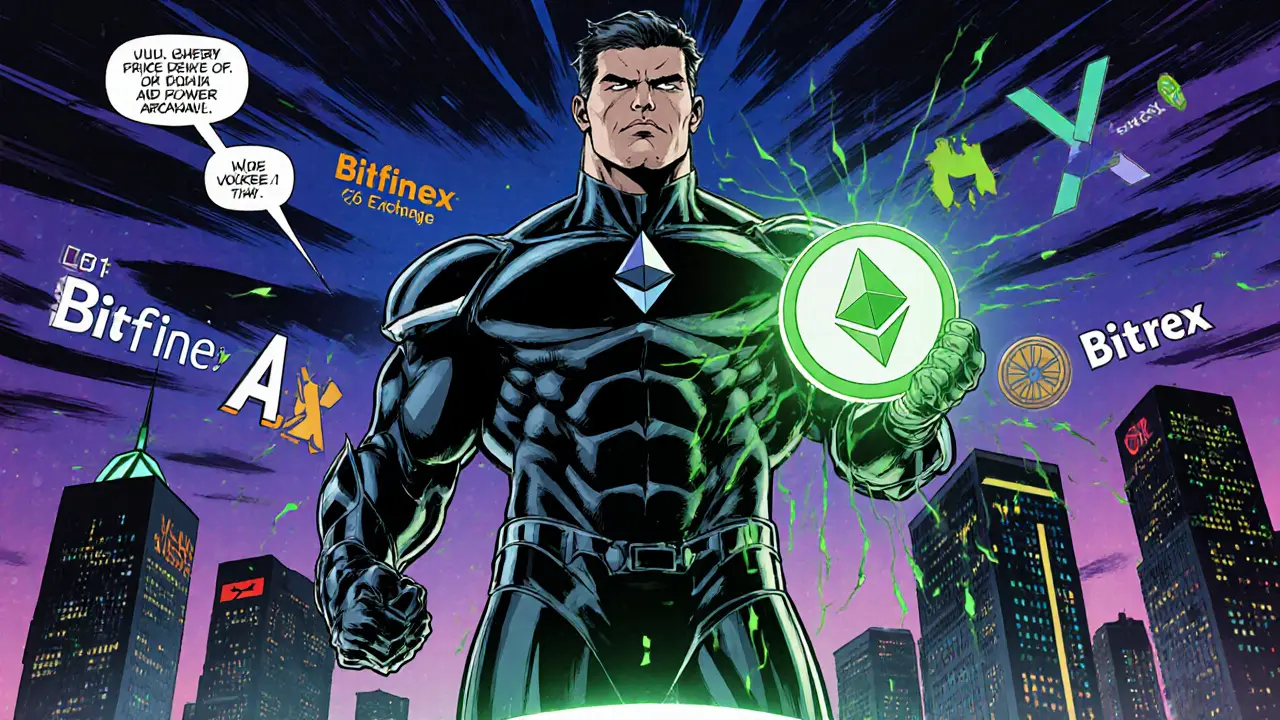When working with Cryptocurrency Trading Platform, a software service that lets you buy, sell, or swap digital assets across various markets. Also known as crypto trading platform, it bridges traditional finance tools with blockchain innovations.
These platforms fall into two main camps: decentralized exchange, a peer‑to‑peer marketplace where users retain control of their private keys and centralized exchange, a custodial service that holds assets and matches orders on a single order book. A cryptocurrency exchange licensing, the regulatory permission required for a platform to operate legally in a given jurisdiction influences how a centralized exchange can attract institutional users, while market indicators, tools like price bands, volume metrics, and on‑chain signals that help traders gauge market health enable both types of platforms to offer actionable insights. A cryptocurrency trading platform encompasses both decentralized exchanges and centralized exchanges, requires exchange licensing to stay compliant, and leverages market indicators to guide trading decisions. These relationships shape the user experience, impact fee structures, and determine the level of security you can expect.
Security is the backbone of any platform – custodial wallets on centralized services expose you to hacks, while smart‑contract bugs can affect decentralized venues. Understanding the hidden risks of a cryptocurrency trading platform helps you choose the right safeguards, such as two‑factor authentication, hardware wallets, or insurance coverage where available. Airdrops add another layer of opportunity: many projects reward early users of specific platforms with free tokens, but they also bring scams that mimic legitimate campaigns. Knowing how to spot a real airdrop versus a phishing attempt can protect your portfolio.
Regulatory landscapes differ widely; for example, Indonesia’s DFA framework or Thailand’s SEC licensing set distinct capital and compliance thresholds, which directly affect which platforms you can legally access. Licensing requirements also shape fee structures – platforms with full compliance often charge higher fees but provide greater consumer protection. Meanwhile, market indicators like price bands and on‑chain activity dashboards give you a real‑time pulse on volatility, helping you decide when to enter or exit positions. Combining these tools with solid research – like the DEX reviews, CEX risk checklists, and modular blockchain deep dives found in our collection – equips you to trade smarter across any platform.
Below you’ll find a hand‑picked set of articles that break down DEX features, CEX security, licensing nuances, airdrop mechanics, and the latest market‑signal strategies. Whether you’re just getting started or fine‑tuning a seasoned approach, this resource hub gives you the context you need to navigate the fast‑moving world of cryptocurrency trading platforms.

Learn what Arbidex (ABX) is, how its ERC‑20 token works, the platform's arbitrage model, market performance, risks, and how to start trading.